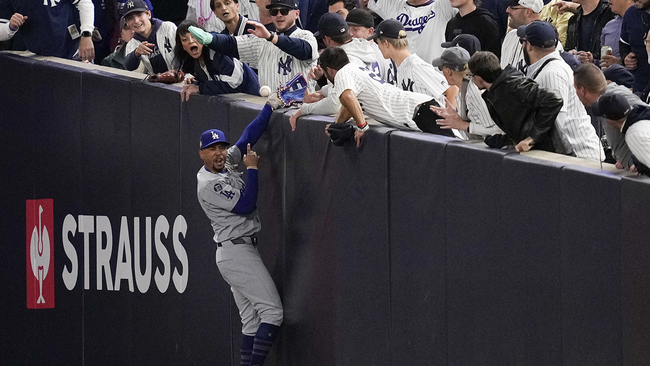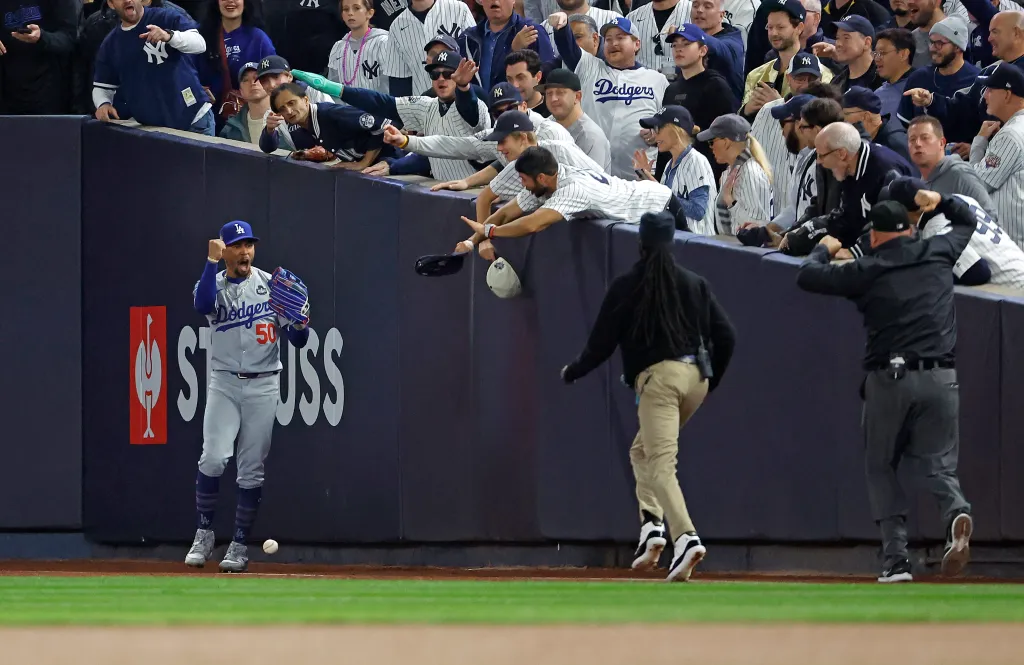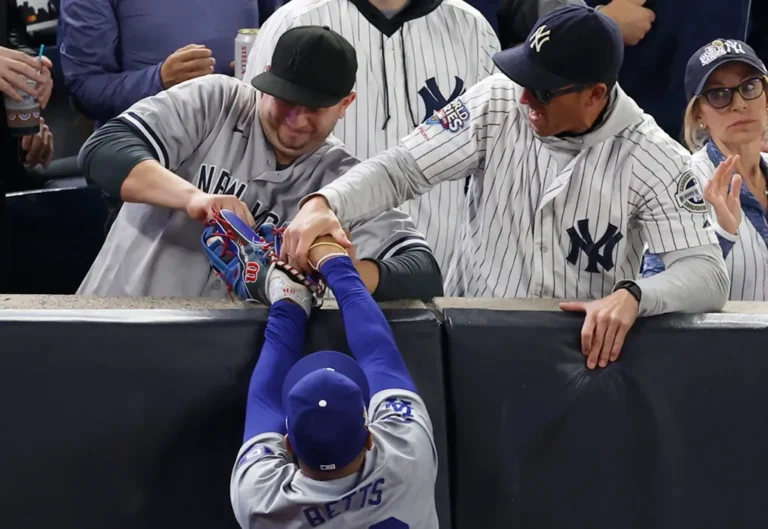Fan interference is not an uncommon sight in Major League Baseball, but the recent incident involving a Yankees fan has reignited debate on the role of spectators and its effect on game outcomes. This article will break down the key moments surrounding the interference, explore how it impacted the game, and dive into the reactions from players, coaches, officials, and fans. Additionally, we’ll discuss the broader implications of fan behavior and potential MLB regulations to prevent similar incidents in the future.
Quick Navigation
Setting the Stage: Context of the Yankees Fan Interference Incident
The incident occurred during a crucial late-season game where the New York Yankees were battling for a potential playoff position. With every pitch carrying the weight of their postseason aspirations, tensions were already high. During a pivotal play, a deep fly ball headed toward the right-field fence where a Yankees outfielder positioned himself for what appeared to be a potential catch. As he leaped for the ball, a fan reached over the fence and made contact with it, disrupting the play.
Immediately, confusion ensued on the field as players and umpires sought clarification on whether the fan’s actions constituted interference. In cases like these, interference is called when a spectator reaches onto the field of play and affects the outcome. The umpires conferred and ultimately ruled the hit a home run, to the dismay of Yankees players and fans.
Impact on the Game’s Outcome
This fan interference had a significant effect on the game’s outcome. The ruling of a home run allowed the opposing team to gain a lead at a critical point, changing the momentum and deflating the Yankees’ morale. The decision not only affected the Yankees’ playoff chances but also served as a reminder of the delicate boundary between spectatorship and interference.

A Yankees player later commented, “We were counting on that out, and losing it like that really hurt. You never want a fan to influence the game like that.” The incident left many fans and analysts questioning if the final ruling was the right call or if there was room for interpretation.
Reactions from Players, Coaches, and MLB Officials
Yankees players and their manager voiced their frustration after the game. Yankees Manager Aaron Boone remarked, “You hate to see a game decided by something like this. We’re all for passionate fans, but interference takes away from the integrity of the game.” He further called on the league to examine fan interference policies, emphasizing the importance of consistency and clarity in these rulings.
The opposing team’s manager, however, defended the ruling, stating, “The call was made according to the rulebook. This wasn’t about the fan; it was about the ball’s trajectory and how it was impacted. Sometimes, you just get unlucky.”
MLB officials also responded, with a spokesperson explaining the current guidelines on fan interference and the challenges in enforcing them. The rule states that if a fan reaches beyond the boundary and affects the play, the umpire can call interference, but if the fan remains within the stands, it becomes a judgment call. MLB emphasized that the call was reviewed and made within the framework of existing rules, though the league acknowledged the difficulty of making these split-second decisions.
Fan and Social Media Reactions
Social media erupted in the aftermath, with reactions split across fan bases. Yankees fans largely criticized the ruling, arguing that it unfairly penalized their team during a crucial game. #YankeesFanInterference began trending on Twitter as fans debated whether the call was justified or if the umpires had misinterpreted the situation. “This fan cost us the game,” wrote one Twitter user. Another tweeted, “It’s time for MLB to tighten up on these interference rules. We can’t lose games because of overzealous fans.”
Conversely, some fans took a more humorous angle, with memes and videos circulating about the fan’s interference and the moment’s absurdity. Fans from rival teams saw it as an instance of karma or simply as an unfortunate mishap, with one Boston Red Sox fan commenting, “If it happened to us, Yankees fans would say it’s just part of the game.”
The Broader Impact of Fan Behavior and Potential MLB Policy Changes
This latest incident has renewed discussions around fan behavior and how it impacts the game. With ballparks becoming more interactive and fans often seated within arm’s reach of the field, the line between spectator and participant has never been thinner. While fans play a vital role in energizing the game, incidents like these raise questions about responsibility and restraint.

Some experts have suggested that MLB could look into physical changes to stadiums, such as slightly higher fences or the implementation of a “buffer zone” near high-risk areas. Others propose that security personnel or ushers should be stationed closer to the outfield to discourage fans from reaching over the fence.
Additionally, implementing stricter guidelines or penalties for fan interference could serve as a deterrent. For instance, the league could impose fines or even temporary bans for fans who interfere with play. This approach, however, raises concerns about over-regulating fan engagement and potentially dampening the excitement of the game.
Conclusion: The Fine Line Between Fan Excitement and Interference
The Yankees fan interference incident underscores the ongoing tension between fan enthusiasm and maintaining the integrity of the game. While fans are essential to the MLB experience, the league may need to examine its policies to prevent similar incidents in the future. As MLB officials, teams, and fans weigh the pros and cons of policy adjustments, one thing remains clear: every game moment matters, especially during the playoffs.
As the Yankees and other teams move forward, the impact of this game may linger as a reminder of the importance of the fan-player boundary and the role that spectators play in America’s favorite pastime. Whether or not the league chooses to make changes, the incident has left a lasting impression on the baseball community, sparking debate over how to balance passion and fair play.

